Optimal Seasons for Waterproofing Application
Waterproofing is a critical process that protects structures from water intrusion, preventing damage and ensuring longevity. Proper timing for waterproofing application can significantly impact its effectiveness and durability. Understanding seasonal and weather considerations helps determine the optimal period for installation.
Spring offers moderate temperatures and less precipitation, making it suitable for waterproofing projects. This season allows for proper curing and adhesion of waterproofing materials.
Warm weather and longer daylight hours facilitate faster drying times. However, high humidity and rain can pose challenges, so planning is essential.
Cooler temperatures and lower humidity levels create favorable conditions. Fall is often ideal before winter, ensuring structures are protected from moisture.
Cold temperatures and freezing conditions hinder waterproofing application and curing. Typically, winter is not recommended unless specialized materials are used.
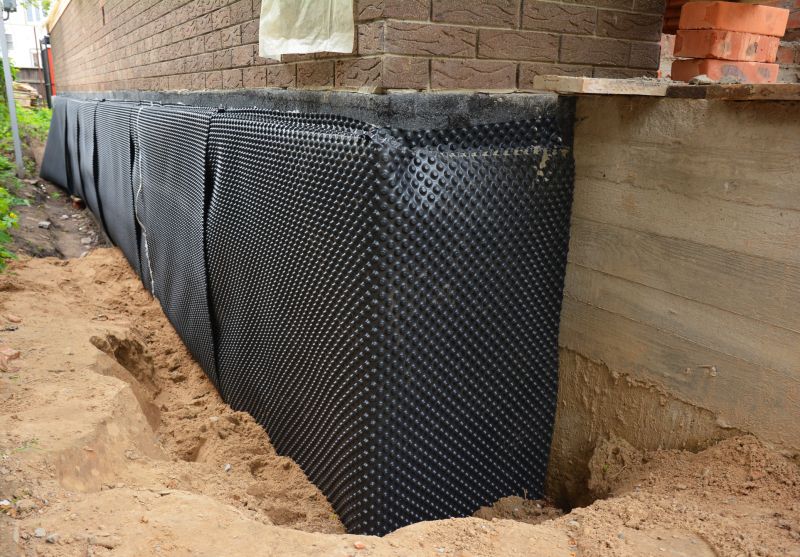
Ways to make Waterproofings work in tight or awkward layouts.
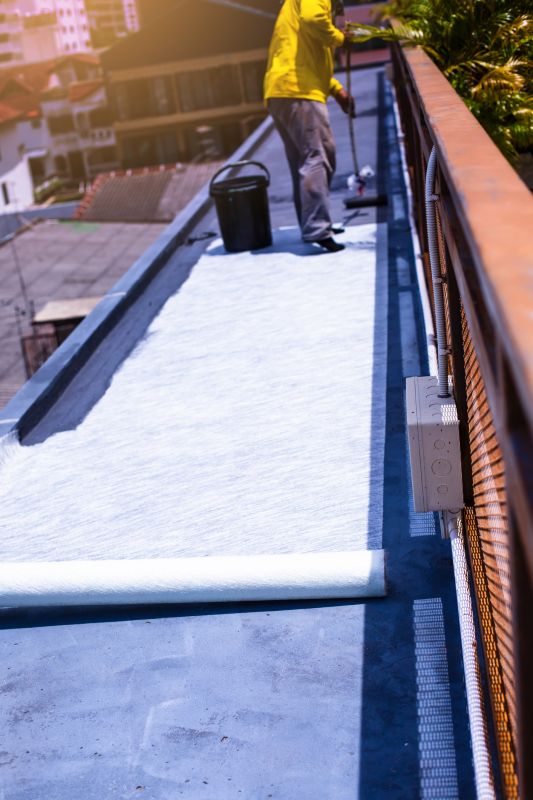
Popular materials for Waterproofings and why they hold up over time.
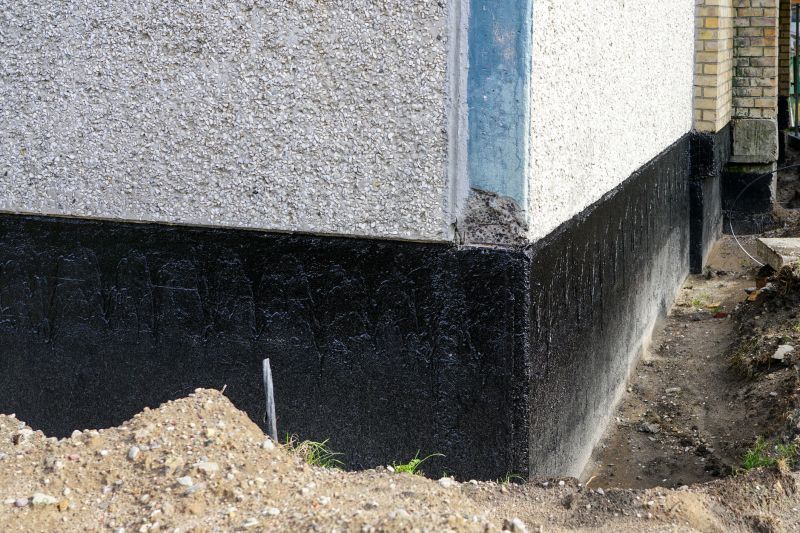
Simple add-ons that improve Waterproofings without blowing the budget.
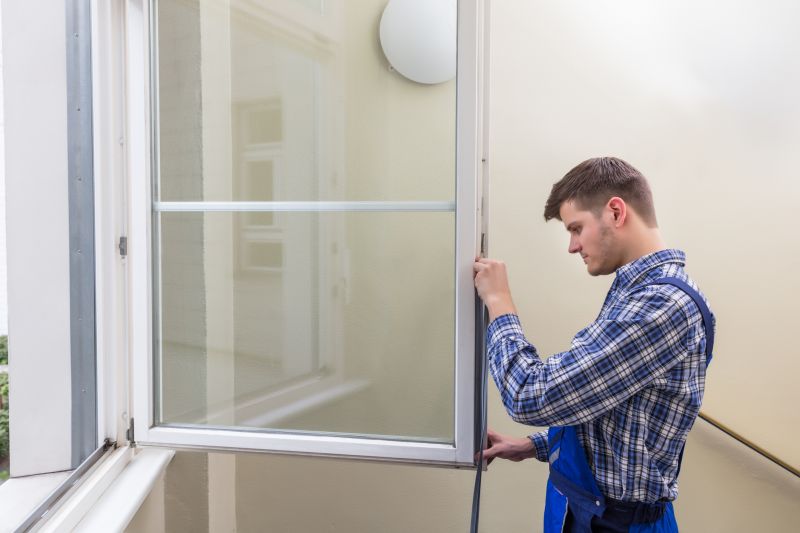
High-end options that actually feel worth it for Waterproofings.
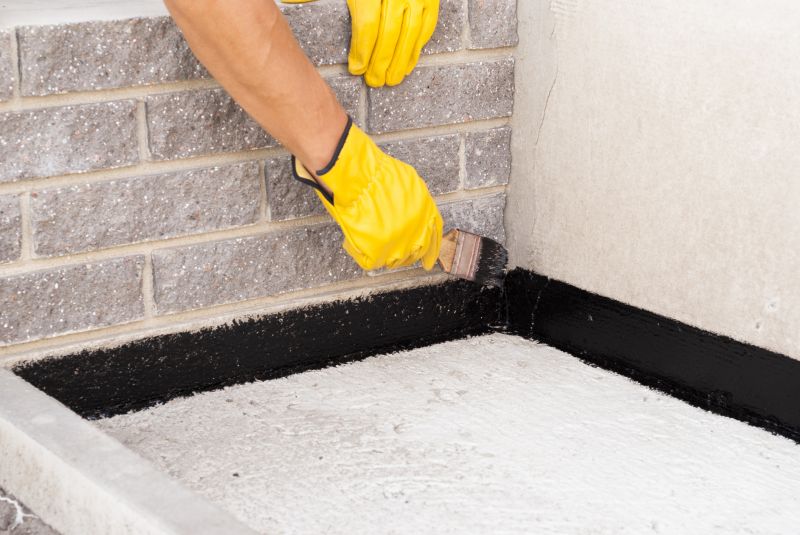
Finishes and colors that play nicely with Waterproofings.

Little measurements that prevent headaches on Waterproofings day.
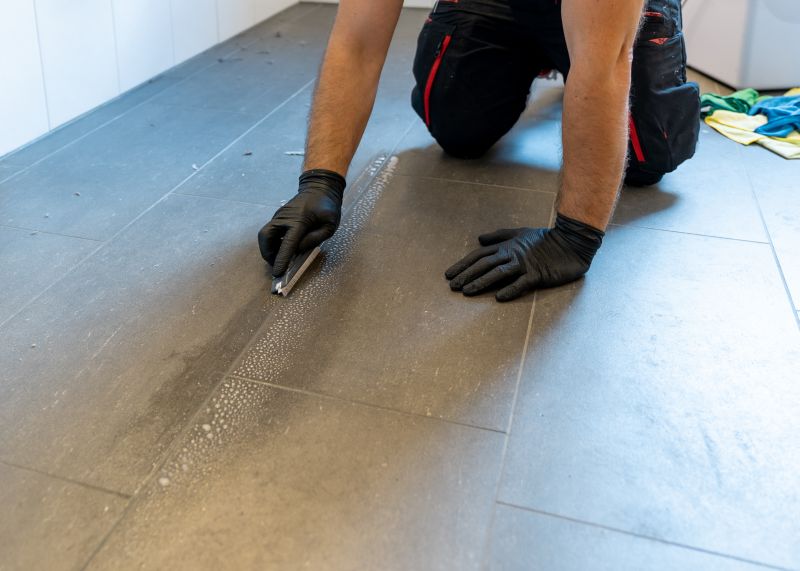
A 60-second routine that keeps Waterproofings looking new.

A frequent mistake in Waterproofings and how to dodge it.

Small tweaks to make Waterproofings safer and easier to use.
| Season | Optimal Conditions |
|---|---|
| Spring | Moderate temperatures, dry days |
| Summer | Warm, dry weather, avoid high humidity |
| Fall | Cool temperatures, low humidity |
| Winter | Not recommended unless using specialized materials |
| General Advice | Avoid rainy or extremely humid days |
Waterproofings play a vital role in protecting foundations, roofs, and other structures from water damage. Proper application during the appropriate season ensures the materials adhere correctly and perform effectively over time. Advances in waterproofing technology have introduced materials suitable for various weather conditions, but timing remains a key factor for optimal results.

Lower-waste or water-saving choices for Waterproofings.
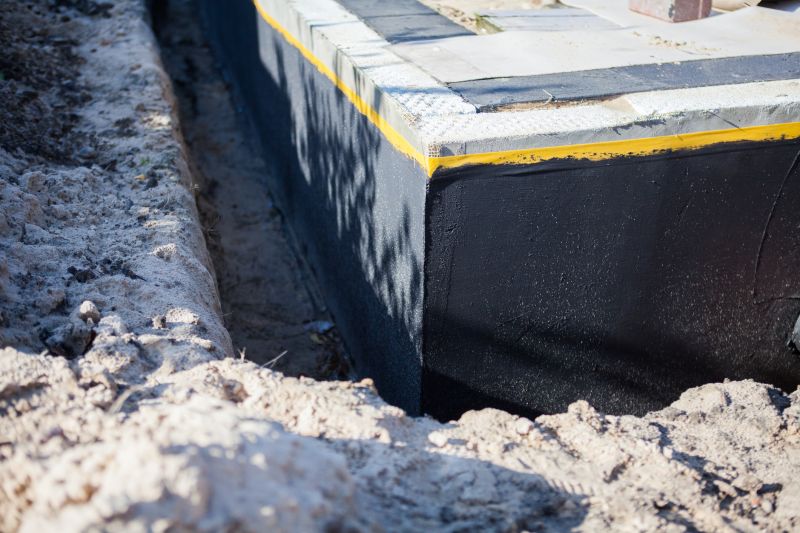
The short, realistic tool list for quality Waterproofings.

Rough timing from prep to clean-up for Waterproofings.
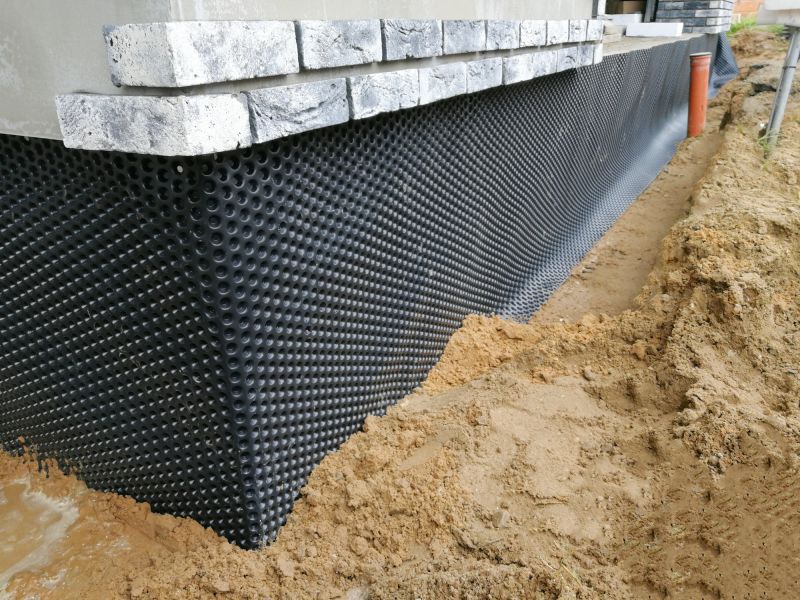
Quick checks and paperwork to keep after Waterproofings.
Those interested in waterproofing services are encouraged to contact for more information. Proper timing and application techniques can greatly extend the lifespan of waterproofed structures, reducing future repair costs and maintaining structural integrity.


